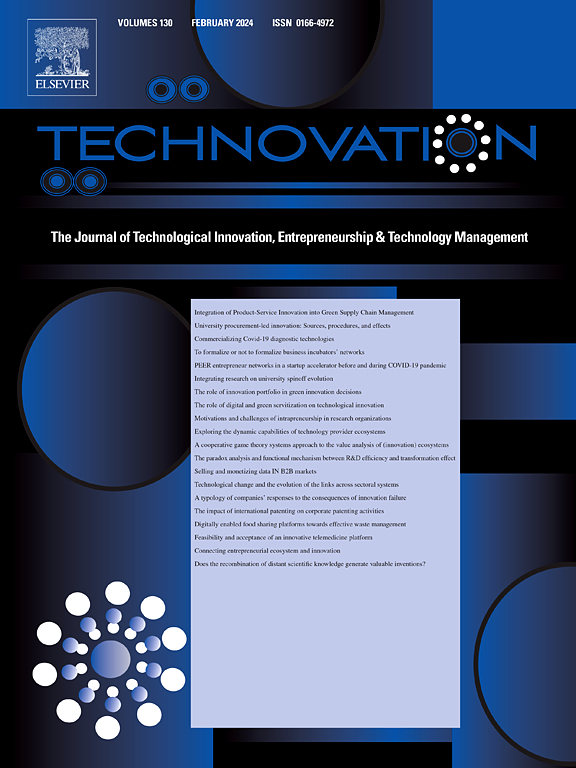Business model innovation in the age of metaverse
IF 11.1
1区 管理学
Q1 ENGINEERING, INDUSTRIAL
引用次数: 0
Abstract
The rapid evolution of the metaverse is transforming economic landscapes and introducing a toolbox for business model innovation (BMI)—a topic that has yet to gain substantial academic focus. Adopting a conceptual development approach, we propose that metaverse business model innovation (MBMI) refers to one in which natural human beings, virtual digital humans, and physically simulated robotics configure decentralized material and virtual resources and conduct scenario-based value-creation activities in a fusion world. Unlike traditional and digital BMI, the metaverse has transformed two broad implications—the amorphous nature of metaspace subjects (actors) and the fusion of virtual and reality (resources and contexts). We categorize the MBMI based on the combination of focal context and focal actors into four types: digital twin interaction, duplicate interaction, mirroring interaction, and immersive interaction models. Each model requires organizations to develop specific capabilities for configuring resources to respond to the dynamic environment. We further illustrate that the digital twin interaction model employs realistic simulation; the duplicate interaction model leverages virtual consumption; the mirroring interaction model benefits from virtual sensemaking; and the immersive interaction model utilizes embodied experience to respond to the dynamic environment. This work lays a foundation for future work in MBMI.
求助全文
约1分钟内获得全文
求助全文
来源期刊

Technovation
管理科学-工程:工业
CiteScore
15.10
自引率
11.20%
发文量
208
审稿时长
91 days
期刊介绍:
The interdisciplinary journal Technovation covers various aspects of technological innovation, exploring processes, products, and social impacts. It examines innovation in both process and product realms, including social innovations like regulatory frameworks and non-economic benefits. Topics range from emerging trends and capital for development to managing technology-intensive ventures and innovation in organizations of different sizes. It also discusses organizational structures, investment strategies for science and technology enterprises, and the roles of technological innovators. Additionally, it addresses technology transfer between developing countries and innovation across enterprise, political, and economic systems.
 求助内容:
求助内容: 应助结果提醒方式:
应助结果提醒方式:


